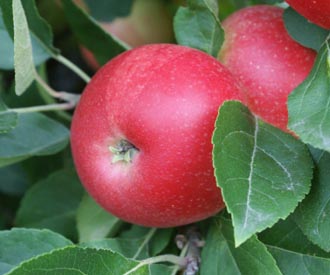I confess I am not a great fan of autobiographies that begin at the beginning and follow a temporal path up to the present day – not that the person might not have some interesting stories, facts and opinions strung on their necklace. It just doesn’t appeal as a structure. On the other hand, in my last, extra year at school in Oxford, retaking an A-level and adding a couple more, I was allowed out of school on my recognisance and saw a fascinating Exhibition at the Modern Art Gallery. The Artist had laid out and photographed every single possession of a single person – for example, all the cutlery was laid out in one shot, all the shoes in another. This more thematic approach appeals more and although I am not arranging the objects which I have chosen to tell my story in chronological order, I hope that my writing will be sufficiently interesting to keep your interest Dear Reader, and that on the journey from A to Z, you will assemble an impression of my life and who I am…
Carol

“My sister Carol was a force of Nature!” This is how I began the eulogy to my late sister Carol when she died some 30 months ago. But you didn’t know her and as this is my memoir of sorts, and though I have hundreds of stories about Carol, I seek to write only about what Carol meant to me and the influence she had on my life so this is the merest selection…
An early incident that showed a strong and assertive side of Carol in relation to me, was an iconic image (within our family) – a coloured slide (cheaper in those days than prints) in which Carol is squatting on my plastic football and refusing to give it back. Photographed from above, Carol looks both defiant and cute, as do all children photographed from this angle, with enlarged heads and small bodies. Later, when our sister Helen was born, Carol assumed (or was assigned) the role of “difficult middle child” and with her flaming red hair, she also aligned with the cliché of combative redhead. But mostly we had a loving and mutually supportive relationship – one in which she was not afraid to speak her mind about what she believed best for me.
I recently learned the very appropriate meaning of the name Carol – ‘a joyous song to sing’ from a fellow poet’s piece on names.

Carol trained in Community Arts and was an artist and poet as well as working tirelessly for the cause of refugees, Eritrean and later Syrian, using art to normalise the new lives of children, travelling to international conferences and in latter years, working each Summer with a Youth Club here in Bradford. Sometimes, during the ten years when we both lived in Ireland, I would assist her with face painting at some show or holiday event and the bags of equipment I kept for her when she was here in the Summer are languishing in the corner behind me…

Carol (and I) were inveterate collectors, and after her cremation, when it was agreed that I would carry half her ashes back to England to join my parents, her partner and I looked around for something suitable to transport them. This teapot was always my favourite from her teapot collection and now sits, relieved of it’s cargo, on the bookshelf to my left.

As teenagers, when in need of money, I sold various collections of mine to Carol – stamps for one – and she told me that I never stuck with collecting but nevertheless, was happy to purchase them… Carol was like a best friend who you could not bullshit and would always keep you up to the mark!
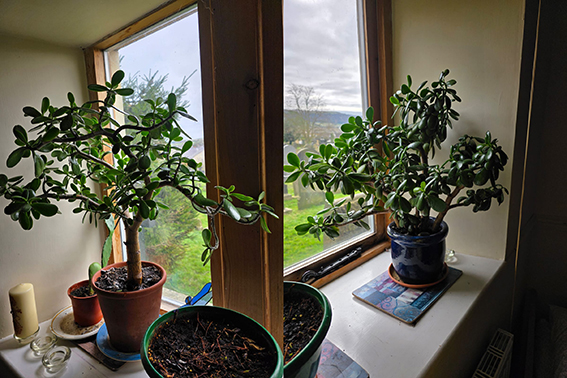


I couldn’t close this brief sketch of Carol and my relationship to her without including her writing since she is in part responsible for my finding myself as a writer also. When Barbara and I lived in Ireland, Carol took me along to a writing group (in person group) and over the years since we would exchange poems and other pieces – here is one of her poems…
Dangerous Dreaming
Be dangerous and dream in this shit hole,
and when you dream,
dream big. Dream radical.
Dream sans frontiers.
Some decry dreamers
as if they were feckless,
ineffective, unworldly.
They underestimate the potential of dreams.
Dreams are powerful.
Dreams are strong.
Dreams are the first step to liberation,
To a new world of possibilities.
Dreams are essential, like breathing.
If you forget to dream, you might as well be dead.
Dreams are a way of staying alive,
even in a shit hole.
Dreams keep you in touch with yourself,
the way you want you to be.
So dream on, especially in a shit hole,
until reality catches up with your dreams.
Dream on, dangerously.
Cars
I have a love/hate relationship with cars! I grew up in an era when the different marques and manufacturers had distinctive styles – unlike today’s offerings where a few owners have grouped companies together, sharing basic substructures and where the cost of developing safety features like crumple zones, has resulted in a dismal similarity across the board. Furthermore, in my lifetime, the consequences of the unfettered growth of private car ownership and consequently, on the growth of cities and the colonisation of the countryside by commuters, the devastation of the planet, has become more than apparent in the form of climate change. You can read an article I wrote with a blueprint for changing our relationship with the car here. Still, I have a love of certain cars – now mostly vintage, for their flair and design…


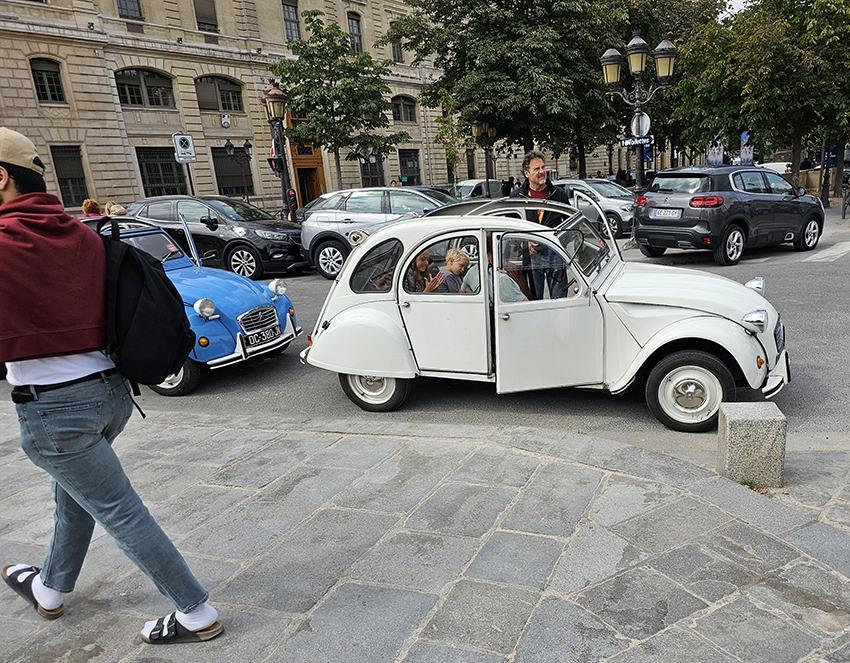
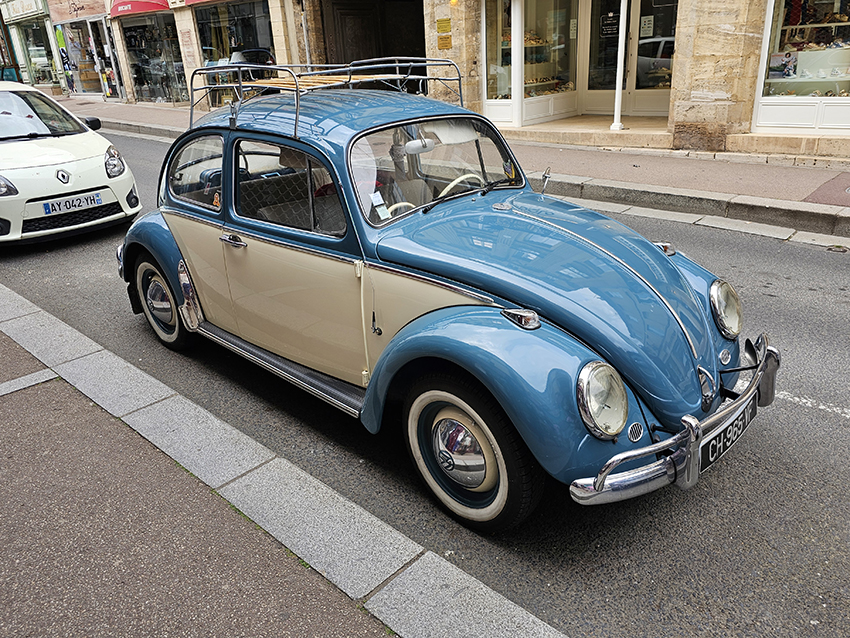
Cooking

My Mother was traditional in her view of gender roles, she stayed at home and my Dad was the breadwinner – furthermore, she declared that I did not need to learn to cook but my sisters would one day have husbands and so she taught them cooking whilst I merely watched whenever I could and leaned what there was to learn. Out of my sisters and I, only I have cooked professionally! When I left to go to university (a wife not yet in the offing) my parents gave me two recipe books “Cooking in a Bedsitter” by the journalist /writer Katherine Whitehorn, and “The Paupers Cookbook” by Jocasta Innes also a journalist and writer. My ambitions in cooking aspired to more than expediency and economy and so I added “A Book of Mediterranean Food” by the somewhat racy food writer Elizabeth David – a book and writer credited with changing the course of food in postwar England (I didn’t know about the racy bit back then but I am sure it would only have encouraged me to experiment both in the kitchen and beyond…) Books on Chinese and Indian cuisine followed and so I developed a kind of personal fusion style. I wrote more fully on this here as part of the Six Degrees of Separation meme. I will share from that piece, the other gift my parents gave me as I left for university – and if the cookery books were a little banal – the carbon steel Sabbatier boning knife, was decidedly high class and high maintenance! Carbon steel rusts easily and so you must clean and dry it immediately after each use… I have used this knife every day for fifty-eight years, it has seen me through two food businesses and countless meals and feasts…
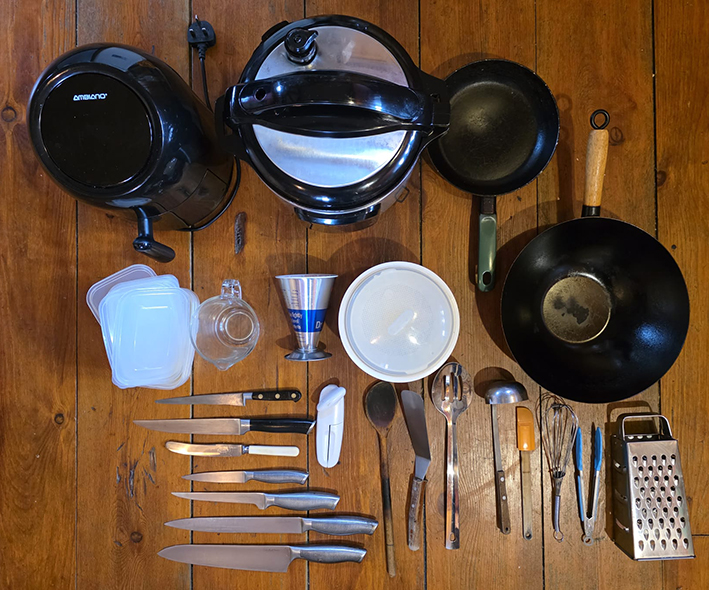
Other food writing of mine…
All of my 2022 A to Z Challenge which was on the subject of foods that which can be eaten in it’s own right but also used as an ingredient…



